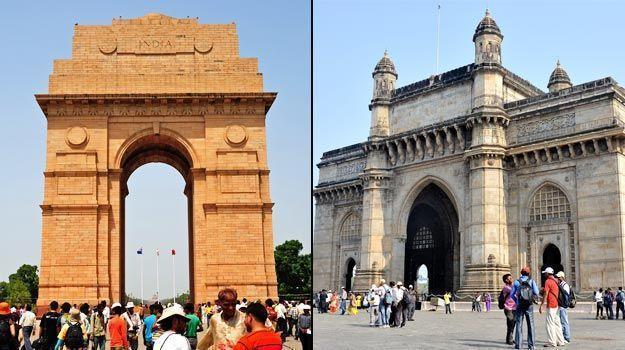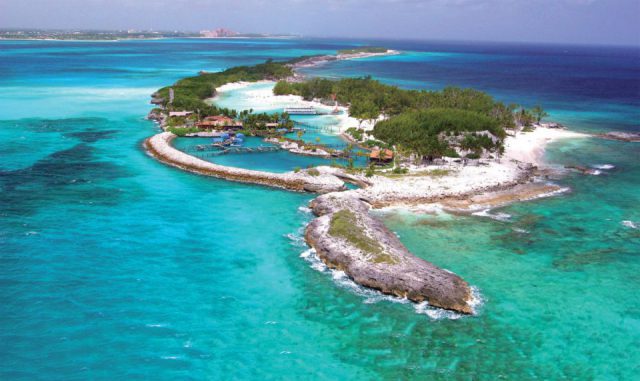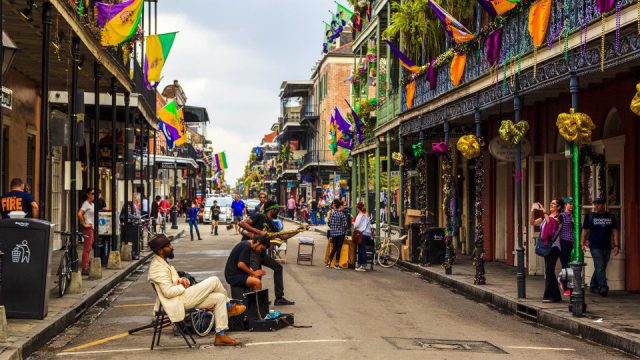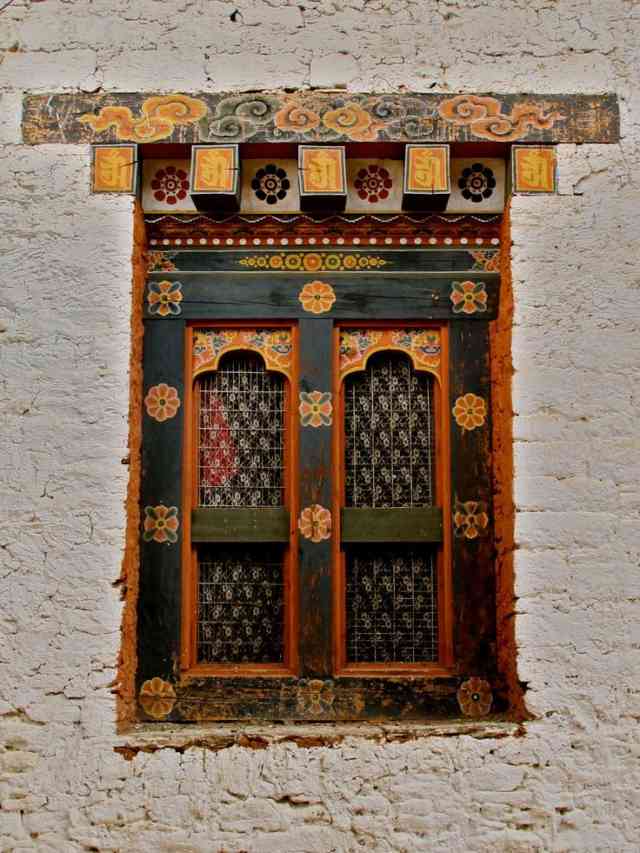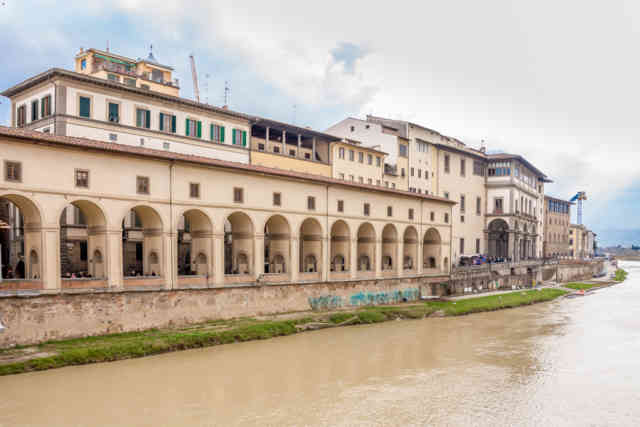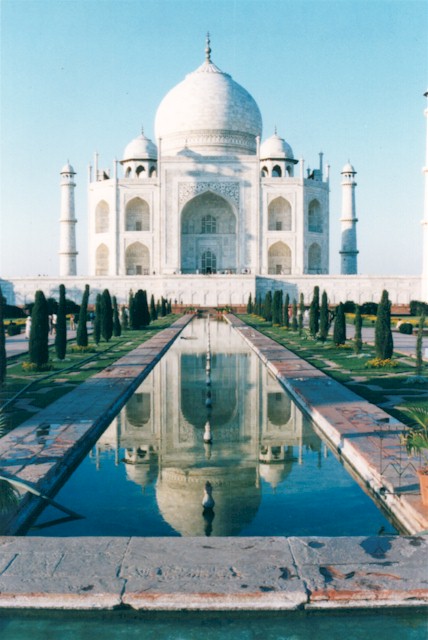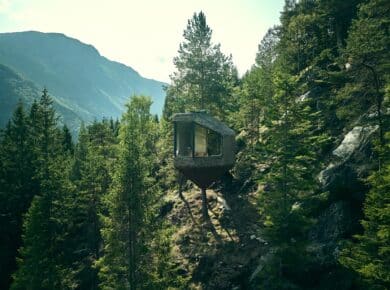Delhi is said to have been built and destroyed 11 times. One can explore the city to find archaeological evidences to it. One of the oldest existing cities in the world, Delhi carries a legacy that belongs to different periods of time in history.
Delhi is one of the oldest existing cities in the world. All along the different phases of its history, it has seen the rise and fall of many civilizations, dynasties and kingdoms. Today Delhi forms a part of the National Capital Region (NCR) which also includes surrounding cities like Gurgaon, Ghaziabad, Noida and Faridabad. However, the city of Delhi is in itself an agglomeration of many different cities that served as a capital of one kingdom or the other during various historical stages.
The Ancient Period
Delhi is said to have a history of over 5,000 years and it is also believed to have existed as 'Indraprastha' during the mythological Mahabharata era. The recorded history has seen the city taking a different incarnation each time the Indian political scene experienced a major upheaval. According to popular beliefs, Delhi has been built and destroyed no less than 11 times! The legacies of some of these historical events can still be seen in present Delhi.
The remains of the oldest Delhi as per the historical records can be seen near Qutub Minar and Mehrauli. Known as Qila Rai Pithora as far back as 10th century AD, the area served as the capital of Prithviraj Chauhan, a great ruler, who fought bravely the invaders from central Asia. The remnants of the fort are still visible. It has become easy to explore the historical legacy of the city with airlines offering great deals on flights from Heathrow to Delhi.
The Medieval Period
Delhi witnessed many changes during the medieval period of history. With different rulers and different dynasties it saw the development of a new city within its present geographical boundaries. Starting with Mehrauli where Qutub-ud-din Aibak had built the famous Qutub Minar, Delhi witnessed the development of Hauz Khas, Tughlakabad, and Firozabad before the coming of the Mughals. Some of the monuments belonging to these eras, such as Lodhi Garden and Hauz Khas can be seen even today.
The mughal period was briefly interrupted by Sher Shah Suri who established a new city Shergarh in the part of the city where the present Purana Qila stands today. Afterwards, the capital of the mughal emperors shifted to Agra. Delhi again became the capital of the country with Shahjahan building Shahjahanabad in what we presently know as Old Delhi. It was a fortified area containing some of the greatest monuments of the city, such as the Red Fort and Jama Masjid.
The Modern Period
When British began to control India they shifted their capital to Delhi from the then Calcutta. Sir Edwin Lutyens was entrusted with the task of planning a new city in line with modern architectural trends. He successfully completed the task and came up with what we know today as New Delhi. It is from where the country is ruled today. India Gate, President's House, Parliament House, and Connaught Place (now Rajeev Chowk) are some of the sites that were developed during the British India.
